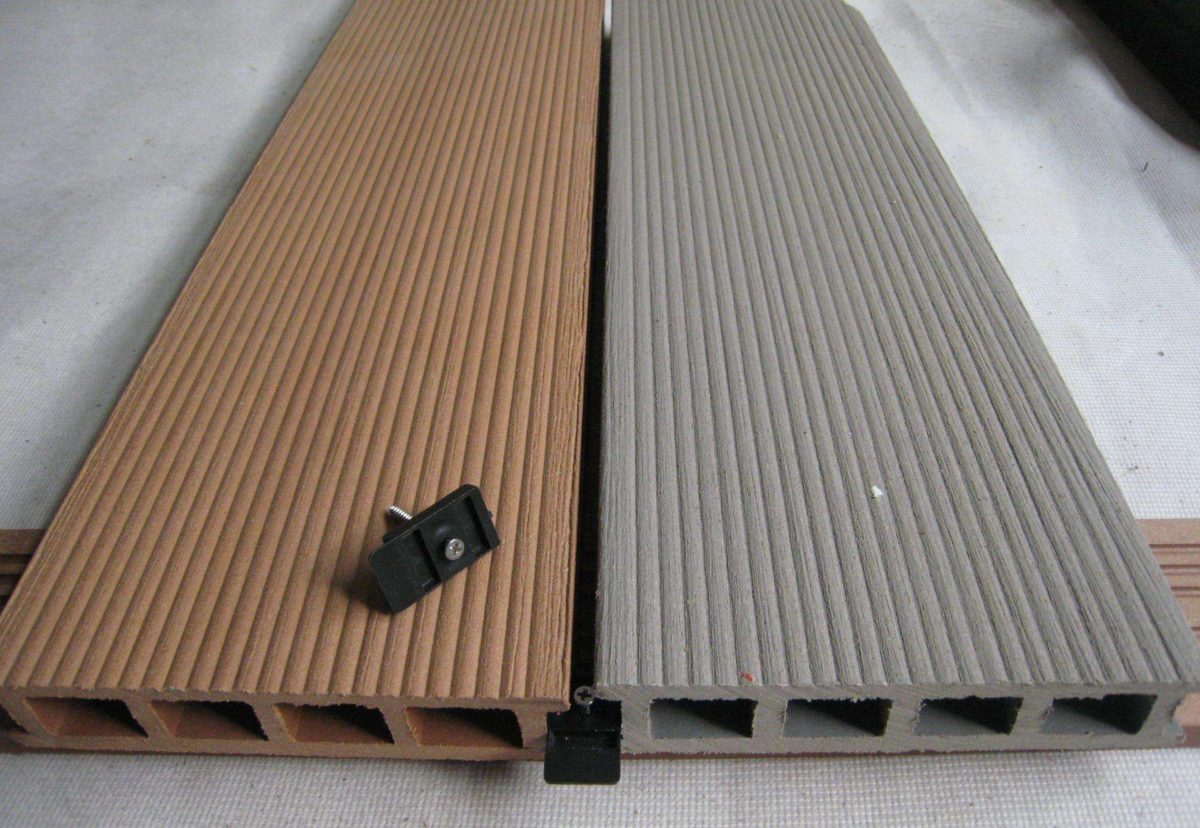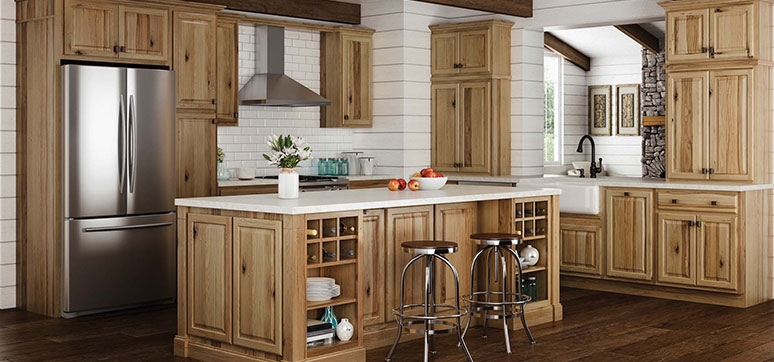Wood polymer composites (WPCs) are a relatively recently developed product, the current market of 220,000 t per annum (Europe, in 2010) has been developed over about 20 years of intense activity. In fact the product can trace its roots considerably earlier, with Gruppo Ovattifici Riunitti (GOR) producing ‘Woodstock’ for Fiat cars in 1972, and Sonneson AB producing PVC-wood fibre floor tiles in Sweden in 1973. Various research activities span the decades which passed before the sector gained momentum in the 1990s, for example, seeing fourfold growth between 1997 and 2000. The new impetus was provided by the twin aims of exchanging petrochemical materials for increased bioderived sustainable materials; and the need to reduce waste to landfill and explore recycling technologies. WPCs were seen as a product into which wastepaper and/or post-consumer plastics could be recycled.
The concept is straightforward. Fine powder of wood, or woody biomass from agricultural residues, is blended with polymers such as polyethylene or polypropylene within an extruder. The extruded material can be pelletised for later processing by injection moulding, extrusion or compression moulding, or the extruded material may be formed into simple sections such as planks or more complex profiles for specific applications.
Within this field a wide range of variations and techniques may be used to enhance properties, either by using wood fibre, or chopped bast or leaf fibre of greater aspect ratio to create a reinforced rather than filled material (Joseph et al., 1993; Raj et al., 1989a). Much research has been centred on aspects of compatibility between the commonly used plastics and the wood fibre or flour to boost performance. Other efforts have been made to reduce the density, by foaming the core of the extruded profile or by designing hollow sections for specific applications. With the transition to injection moulding, considerable work was undertaken to address surface quality and mould filling ability of the WPC melt, as viscosity is increased by the presence of flour or fibre.
The advent of biopolymers has overlapped with these developments, and the biodegradable/biopolymer sector has also emerged as a multi-million pound industry within the past 20 years. This has allowed considerable cross-over between the two disciplines, meaning that WPC products using biopolymers or biodegradable polymers have also been launched. These may be competitive either in the market for green consumerism where a 100% bioderived product is well accepted, or in the market for disposable plastic items as the search for an easily biodegradable product, and the development of a waste industry capable of handling it, continues.
In the early days of WPC development, one of the essential drivers was the automotive industry. Products developed using long natural fibres in non-woven mats, co-mingled with polymer fibre were found to be readily mouldable and thermoformed into headliners, door linings and many interior trim components for cars (Suddell and Evans, 2005). The discovery that this natural fibre composite (NFC) material was easily produced, reduced tool wear, and was rapidly accepted by the Tier 1 producers of automotive components led to rapid transfer from marques seeking an unique green selling point to almost the full range of motor manufacturers. As a result, the quest to steadily increase the proportion of NFC within a vehicle continued, and provided impetus for developments in moulding WPCs using more challenging thermoplastics such as acrylic or nylon; or higher quality injection moulded components for challenging applications nearer to the engine.
While various good texts are available covering many aspects of WPC and NFC production, design and use (Klyosov, 2007; Oksman Niska and Sain, 2008; Pickering, 2008), this chapter will provide a broad introduction to these materials, and their main features. It will consider the basic ingredients for WPC materials, and biopolymerWPCs, the processing methods, and address some of the specific chemical and physical challenges in delivering a high quality product, and various processing strategies to achieve this. Thermoplastic matrix NFCs will be considered, as the technology has much in common with WPC processing; however, the thermosetting NFC products fall outside the scope of this chapter. It will then also review the current market worldwide, and likely future developments within the sector.



